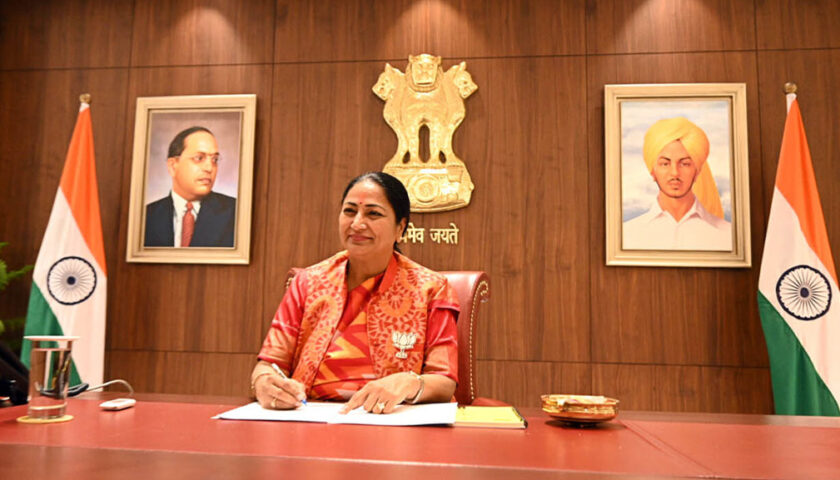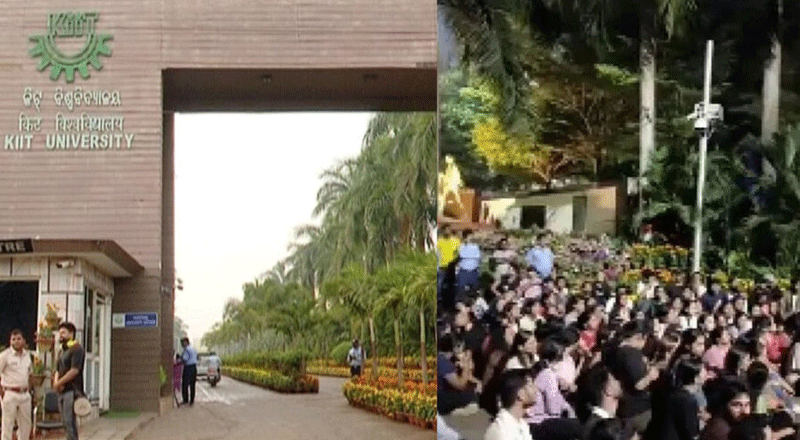Understanding Earthquakes and Their Impact
Earthquakes are sudden and violent shaking of the ground, often caused by movement in the Earth’s crust. While some tremors are minor, others can cause devastation. The capital of India, Delhi, has frequently experienced tremors due to its geographical location. On Monday at 5:36 AM, residents of Delhi-NCR felt intense shaking from a 4.0 magnitude earthquake, sending panic across the region. Despite being classified as a moderate quake, the tremors felt stronger than expected. This article delves into why this quake felt so intense and examines Delhi’s vulnerability to seismic activities.
The Event: 4.0 Magnitude Earthquake in Delhi
At the early hours of Monday morning, strong tremors shook Delhi-NCR, forcing residents out of their homes. The earthquake, which struck at a shallow depth of 5 kilometers, had its epicenter in New Delhi. Although no casualties or structural damage were reported, people experienced a significant jolt. The National Centre for Seismology confirmed the magnitude and location of the quake via a post on social media.
Videos circulated online, showing the ground shaking and people rushing out in fear. Some residents described hearing a loud rumbling noise, similar to a heavy vehicle passing by. Prime Minister Narendra Modi took to social media to assure the public and urged them to stay vigilant in case of aftershocks.
Is a 4.0 Magnitude Earthquake Considered Strong?
Scientifically, a 4.0 magnitude earthquake falls under the category of moderate earthquakes. Typically:
- Earthquakes below 2.5 magnitude are rarely felt.
- Quakes between 2.5 to 5.4 magnitude are minor and generally cause no damage.
- Earthquakes ranging from 5.5 to 6.0 magnitude may cause slight damage to buildings.
Thus, a 4.0 magnitude quake is not considered a significant threat. However, the intensity of tremors depends on various factors such as the epicenter’s location, depth, and the geological structure of the affected area.
Why Did the Tremors Feel Stronger?
Despite being of moderate intensity, this earthquake felt particularly strong due to multiple factors:
- Epicenter in a Densely Populated Area: Since the epicenter was in New Delhi, the tremors were felt directly at the source, amplifying the perceived intensity.
- Shallow Depth: The earthquake occurred at a depth of only 5 km. Shallow earthquakes tend to cause stronger ground shaking compared to deep-seated quakes.
- High-Rise Buildings and Structural Impact: Delhi is home to numerous high-rise buildings that sway more noticeably during an earthquake, creating a stronger perception of shaking.
- Seismic Waves Traveling Short Distances: When an earthquake occurs close to the surface in an urban area, the energy is transmitted rapidly to structures, intensifying the shaking.
- Resonance Effect: Buildings with specific architectural designs can amplify seismic waves, making the quake feel much stronger than the recorded magnitude.
Is Delhi Vulnerable to Earthquakes?
Delhi falls under Seismic Zone IV, which is considered a high-risk zone for earthquakes. According to the Delhi Disaster Management Authority (DDMA):
- The region commonly experiences tremors of 5-6 magnitude.
- Occasionally, quakes of 6-7 magnitude have been recorded.
- The possibility of an 8+ magnitude earthquake, although rare, is not impossible.
Delhi’s geological location makes it prone to earthquakes originating from the Himalayan belt, which is an active seismic zone. Additionally, tremors from earthquakes in Nepal, Pakistan, Afghanistan, and Tibet often reach Delhi-NCR, further highlighting the region’s seismic vulnerability.
Past Major Earthquakes in Delhi-NCR
Delhi has witnessed several significant earthquakes over the years, some of which caused damage and panic:
- 2015: Tremors from the Nepal earthquake (7.8 magnitude) were strongly felt in Delhi, causing widespread panic.
- 2007: A 4.7 magnitude earthquake struck Dhaula Kuan, causing minor structural damage.
- 2001: The Gujarat earthquake (7.7 magnitude) led to tremors being felt across Delhi-NCR.
- 1999: An earthquake of 6.3 magnitude in Chamoli, Uttarakhand, caused notable tremors in Delhi.
Expert Opinions and Future Preparedness
OP Mishra, Director of the National Centre for Seismology, assured that minor earthquakes in Delhi are common and often go unnoticed. He emphasized that there is no immediate threat, and aftershocks following a 4.0 magnitude quake would be weaker.
Despite this reassurance, experts stress the importance of earthquake-resistant infrastructure and disaster preparedness. Given Delhi’s vulnerability, stringent building regulations and public awareness programs are crucial to mitigate potential risks in the future.
The Implications of Delhi’s Seismic Activity
Monday’s earthquake served as a reminder of Delhi’s seismic risks. While no damage was reported, the strong tremors left many residents shaken. The event highlights the need for stricter safety measures, better urban planning, and earthquake preparedness.
With Delhi being in Seismic Zone IV, future earthquakes—especially stronger ones—remain a possibility. Therefore, it is essential for both authorities and citizens to stay prepared and take necessary precautions to minimize the impact of future seismic events.
(With inputs from agencies)





